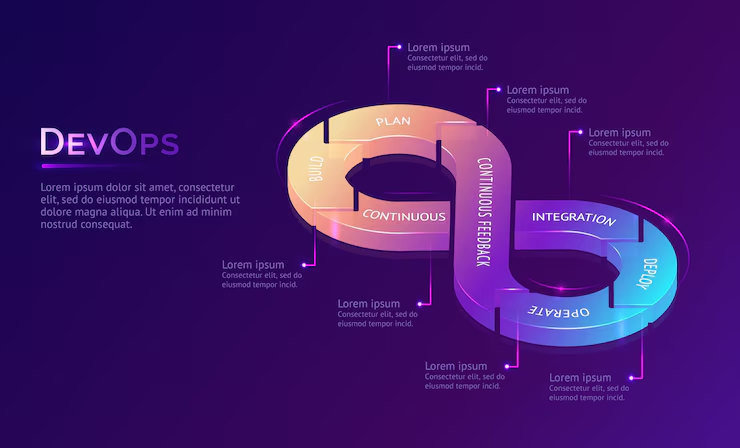FinOps Meets DevOps: Driving Cost-Aware Engineering in 2025
FinOps Meets DevOps: Driving Cost-Aware Engineering in 2025
In 2025, DevOps isn’t just about speed and reliability—it’s about accountability. As cloud costs balloon and economic pressure demands leaner operations, a new discipline is taking hold at the intersection of finance and engineering: FinOps.
This emerging practice isn’t just a budgeting tool. FinOps is transforming how DevOps teams build, deploy, and manage infrastructure—bringing financial visibility and ownership into every sprint.
What is FinOps?
FinOps (Financial Operations) is a cultural practice that brings together finance, engineering, and product teams to collaborate on cloud spending decisions. It ensures that:
- Developers understand the financial impact of their infrastructure choices.
- Teams track, predict, and optimize cloud usage in near real-time.
- Business goals align with technical decisions.
FinOps isn’t about locking down innovation—it’s about enabling smart, cost-effective engineering at scale.
Why FinOps is Crucial in 2025
Cloud-native architectures, microservices, and autoscaling Kubernetes clusters have made it easier than ever to deploy—but also to overspend. In 2025:
- Cloud costs account for up to 30% of operational budgets in tech-forward companies.
- Teams are held accountable not just for uptime, but for cost-efficiency per deploy.
- Stakeholders demand cost forecasting and ROI metrics from engineering leaders.
FinOps brings much-needed visibility and governance without slowing teams down.
FinOps in Action: Embedding Cost Awareness in DevOps Workflows
Here’s how organizations are integrating FinOps into their DevOps pipelines:
1. Cost Dashboards for Engineers
Dev teams now have access to real-time dashboards showing spend per environment, per service, even per commit. This turns vague billing data into actionable insights.
2. Automated Cost Alerts
Just like a failed build triggers a Slack alert, cost anomalies now do the same. If your new feature spikes usage on a managed database, you’ll know before the invoice hits.
3. Infrastructure-as-Code with Budget Limits
Engineers use Terraform or Pulumi with embedded cost policies. If a resource exceeds a defined budget threshold, deployment fails or is escalated for approval.
4. FinOps Champions on Dev Teams
Select engineers are trained as FinOps “ambassadors” to champion cost optimization and forecast planning across squads.
The Cultural Shift: From Cost-Center to Value Driver
FinOps doesn’t work without culture. That means:
- Shared responsibility: Finance isn’t the only team that cares about cloud bills.
- Early engagement: Cost considerations happen during planning—not after production.
- Continuous feedback: Engineers learn what works, and how to improve.
This cultural evolution mirrors what DevOps did for collaboration. FinOps is the next logical leap.
Tools Powering the FinOps Revolution
Several platforms are enabling this transformation:
- CloudHealth and Cloudability: Centralize spend tracking across multi-cloud environments.
- Kubecost: Offers granular Kubernetes cost visibility.
- OpenCost: The CNCF-backed open standard for cloud cost metrics.
- AWS Budgets and Azure Cost Management: Native cloud tools getting smarter with ML.
These tools are being baked into CI/CD pipelines, observability platforms, and incident response workflows—making cost an operational metric like latency or uptime.
i4’s Take: Empower Engineers with Visibility
At i4, we believe that cost is a feature—one that must be designed, tested, and improved like any other. FinOps gives our teams the data and discipline they need to build not just fast, but smart.
By integrating FinOps into our DevOps culture, we’re building systems that scale with confidence—technically and financially.
Looking to evolve your DevOps strategy for the real world of 2025? Let’s connect.


